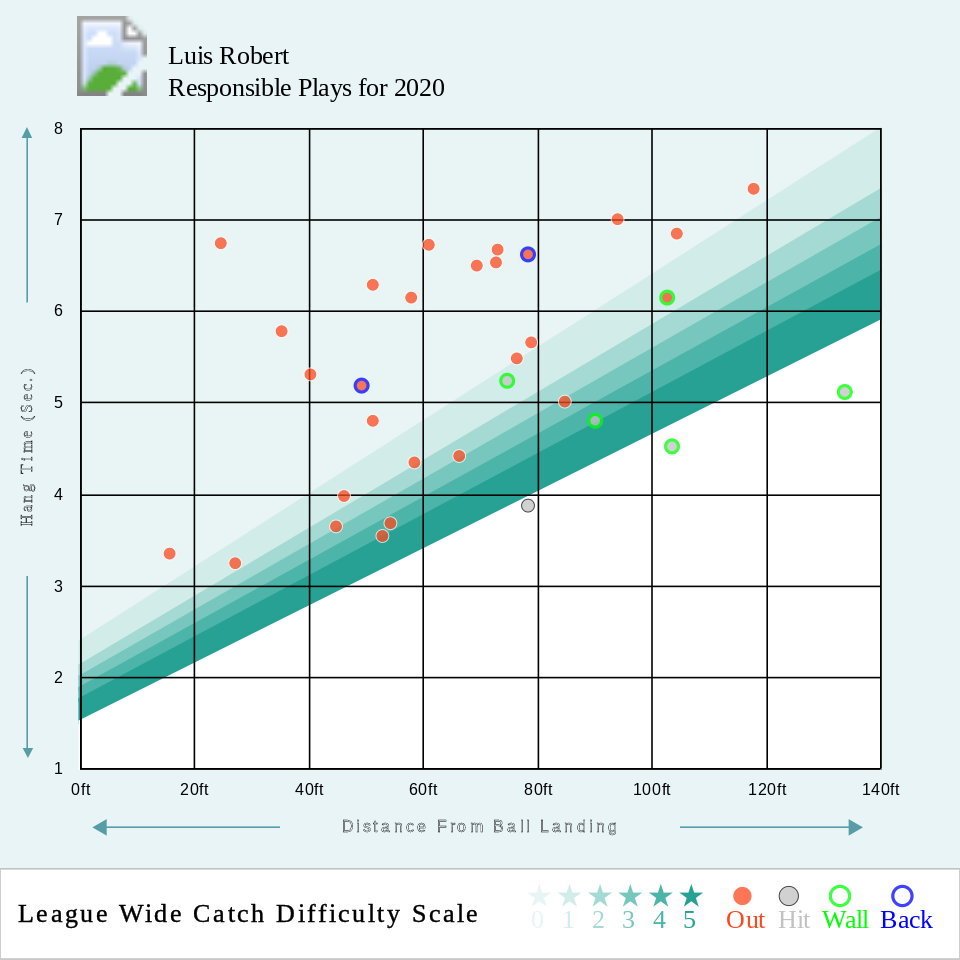“They already have their own helmets.” — NASA recruiter, The Right Stuff
When word arose that the Marlins were so desperate for players in the wake of a coronavirus outbreak that sidelined more than half of their Opening Day roster — and threatened the viability of the remainder of the 2020 season — that they were calling up an Olympic speed skater, it felt like the scene in The Right Stuff where Jeff Goldbum and Harry Shearer pitch President Dwight Eisenhower, Senator Lyndon B. Johnson, and NASA bigwigs on the possibility of using race car drivers, circus acrobats, and other daredevils as astronauts. “Besides turning left, I don’t think there’s much similarity,” said 30-year-old second baseman Eddy Alvarez of the similarity between baseball and short track speed skating, the sport in which he won a silver medal at the 2014 Winter Olympics as part of Team USA’s 5,000 meter relay team.
One of 17 players added to the Marlins’ active roster at various points last week as the team returned to play following the postponement of seven games due to the outbreak, Alvarez debuted on Wednesday against the Orioles, becoming the first Winter Olympian ever to reach the majors, and the first non-baseball Olympian to play in the majors since Jim Thorpe (1913-19). He entered Sunday having gone 0-for-9 with five strikeouts, but collected his first big league hit off Met ace Jacob deGrom, a hot smash that third baseman J.D. Davis could only stop. It was one of his three hits in the game, accompanied by another infield single off deGrom, and a double off Edwin Díaz; Alvarez reached on an error in his other plate appearance, and also added a stolen base and a great diving play at second base. Have a day, Eddy.
Despite Alvarez’s banner day, the Marlins lost, 4-2, but even so, a team that went 57-105 last year finished the weekend with a 7-3 record, putting them into a tie with the Braves atop the NL East. Just what in the name of Don Mattingly’s sideburns is going on?
By now, the contours of the Marlins’ mess, the largest outbreak on any team to date, are at least somewhat familiar. Just before their Opening Day game against the Phillies on July 24, they placed catcher Jorge Alfaro on the Injured List for undisclosed reasons. Then, just before playing the Phillies two days later, MLB Network’s Jon Heyman reported that starting pitcher José Ureña was scratched due to a positive test, and soon afterwards, he added first baseman/designated hitter Garret Cooper and right fielder Harold Ramirez to the list of positives. Even so, the team went ahead with the game; it was initially reported that they did so after deciding to play via a group text centered around shortstop Miguel Rojas (Phillies general manager Matt Klentak clarified that the decision came from MLB). A day later, ESPN’s Jeff Passan reported that eight more players and two coaches had tested positive, and the hits kept coming; by July 31, the count included a staggering 18 total players — more than half the active roster. Read the rest of this entry »


